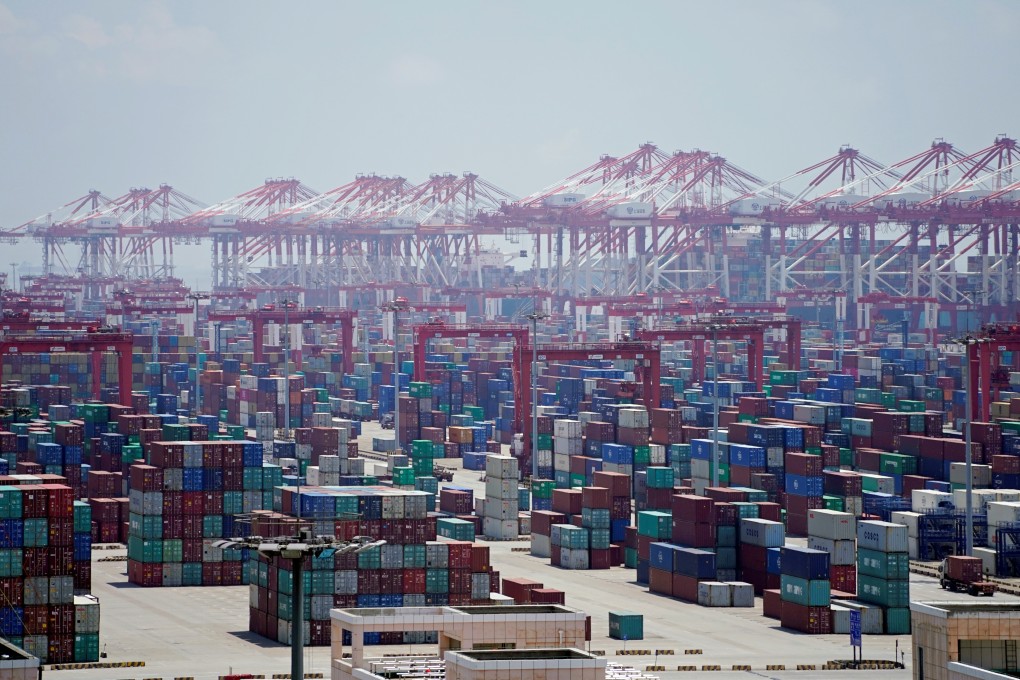Coronavirus: global logistics show glimmer of recovery, but Chinese exporters still struggling with delays
- Logistics networks have been thrown into disarray by the Covid-19 pandemic, leaving Chinese exporters struggling to get their products overseas
- Airports in Hong Kong, Shanghai and Beijing have suffered the largest declines in cargo capacity throughout Asia, according to Kuwait-based Agility Logistics

For Charlie So, the brand director of a Hong Kong-based company selling engine care products to 42 countries, pulling back from filling international orders while the coronavirus pandemic upends global supply chains seems like the rational thing to do.
“We’d rather not deliver internationally as customers wouldn’t have any idea when their package will arrive,” he said.
“No international orders is of course a big hit, but there’s still a lot of other things we can work on.”
Super Resurs ships goods via Hongkong Post’s e-Express for international delivery, but over the past three weeks close to all routes the company uses have been suspended amid a rush of flight cancellations.

Surface mail, which is transported by land and sea, is the only alternative, but an average 30-day delivery time is untenable for the company, So said.